Located just 50 km away from the heart of Hanoi, in Son Tay town, Duong Lam is a perfect getaway from the city buzz. A full 1-day trip to this ancient village would give you a glimpse of an agrarian Vietnam in the old days, an unique beauty of history, architecture, religion and of courses cuisine.
An intersection of history and culture
Duong Lam is the first ancient village in Vietnam to be recognized as the national cultural and historic relic in 2006. This 1200 years old tranquil community is proud to be the birth land of 2 of the most respected kings in Vietnam’s history: Ngo Quyen and Phung Hung.
To honor their sacrifice, excellent leading and great victory in the defensive wars against the invaders from the North, 2 temples of much spiritual value were built here. It is impossible for tourists not to feel calm and peaceful in the imposing rustic green landscape in which the temples are set. Along the trail to Ngo Quyen temple are the lush rows of “duoi” trees which are also recognized as national heritage. The legend has it that it is these 18 holly trees that the hero tied his fighting elephants and horses to in the historical battle. The temple dedicated to Ngo Quyen dates back to 1874 while the origin of the one to worship Phung Hung was unclear. Although many centuries have past, the trace of ancient architecture design still exists in every sophisticatedly decorated detail of the sites.
Another must for tourists to explore the spiritual and relgious life of the people is “Mia” pagoda, home to 287 Buddha statues and sculptures, holding the record for the most artistic statues a pagoda in Vietnam ever possessed.
The artworks of the 383 year old structure are made of precious and rare materials: clay, wood, bronze,gold etc..Each has different postures, expressions, styles, conveying distinctive and complicated inner feelings and emotions, Tuyet Son (Freezing Mountain) is a special one of these.
One may be surprised to find this place not as crowded as other religious destinations, which makes the atmosphere even more relaxing and enjoyable for visitors: the scent of burning incense combined with the natural calming smell of the surrounding greenery creates a sacred vibe and can can easily render someone nostagic of their chilhood days. At the entrance are local vendors selling homemade specialities and souvenirs. Their never falling smiles can easily attracts tourists. These cheap but not mediocre foods can be the real energy booster for the rest of the exiting trip.
A little Hoi An of Hanoi
If there is one thing tourists would love to take away from their visit, it has to be the mesmerizing architecture of the whole village and each house in particular. Duong Lam has all of what it takes to be called an ancient traditional village: gates, banyan trees, village ponds, communal houses, ancient wells, temples, pagodas, paddy fields, etc. A little mor humble than Hoi An in terms of scale, area, and reputation, Duong Lam is not any less rich impressive regarding the ancient architectural beauty.
The old style welcome can be felt in the charm of the village gate which was built in 1833.
There were originally 4 other entrances but the one in Mong Phu is the only that remains. From here the clean paved roads diverging into different directions, centering around the communual house. This fishbone like design has the intention of making it really convenient for villagers to take shortcuts and enhancing the security of the community: if any theft happens, the robbers are likely to be chased after and cornered by the neighbors living nereby.
Since in the old days there were 5 small constituent villages, 5 corresponding communual houses still exist to date. However, Mong Phu communual house is the main gathering place and the stage for any festivities of the village. The house is also dedicated to worshipping Tan Vien ( the Mountain God in the spiritual life if Viet people). The design of Mong Phu communual house represents the traditional Vietnamese architecture – the stilt house style with wood floor raised on posts off the ground.
This beautifully sculptured construction should be the first stop in the trip before tourists get to know more about specific houses because there are always some helpful volunteer elderly villagers there to introduce the place and give useful informaion for travelers. They will never forget to invite tourists a nice cup of tea for cooling down in a hot summer day.
Visits and luch at well preserverd ancient houses can be seen the highlight of trips to Duong Lam. The rural disign and meticlous arrangment of household items can easily make any visitors imagine they are in a movie set in a Vietnamese countryside centuries ago.
Wooden houses with 5-7 spans and 2 wings sourrounded by brownish laterite walls keep indoor atmosphere cool in summer and warm in winter.
Having lunch in the rustic spacious settings would be a memorable experience. The meals, about 100, 000 VND/ person, consist of Vietnamese countrysidedishes which are sure to satisfy the pickiest of eaters.
Great local specialities
Banh te (Crystal rice cake), tuong ban (soybean sauce), che lam (ginger cake with peanut),… If you havent tried these heavenly flavors when visiting Duong Lam, the trip is definitly incomplete. Although Duong Lam is not the homeland of these foods and the only go-to place for them, there is somethings special about the preparing and cooking techiques that make the tastes unforgetabe. It is hard to find a store for those specialities with a label of a brand on them. Like other Vietnamese street foods, it is the best to buy and eat on the road.
These carts selling specialities are easily found scatterd along village roads, in front of temlples, pagodas, communual houses, ect.
Try some hot on the spot and remember to get some to-gos for your bycicle tour around the place would be my suggestion, because believe me that covenient stores are not on the map and even if they are, you just can not get over these dishes once you get to try them, even just one bite.



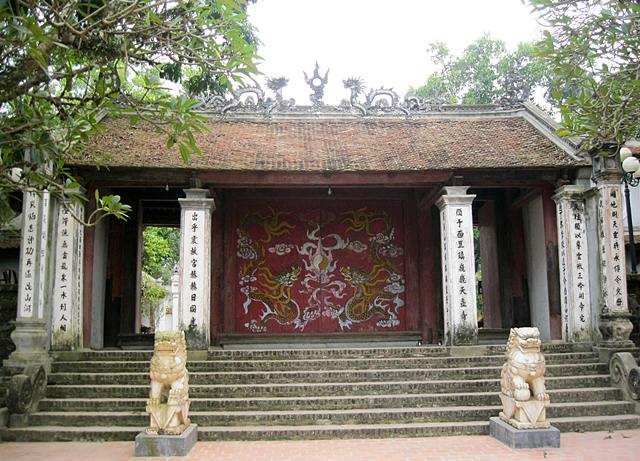
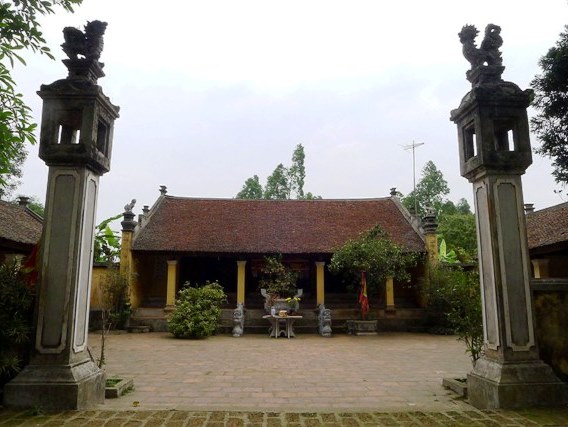
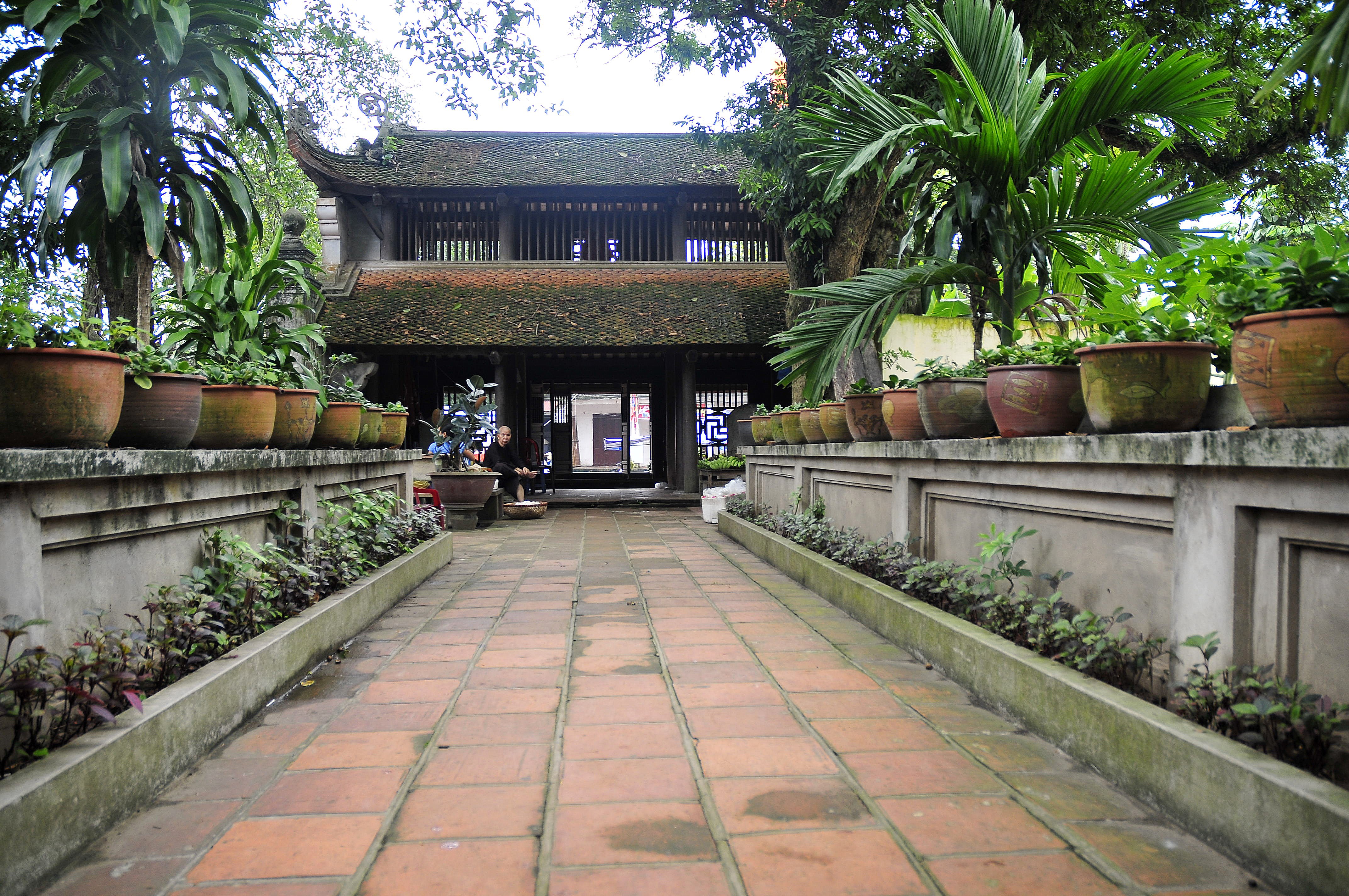
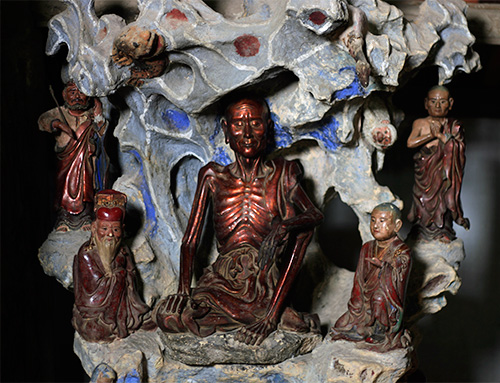
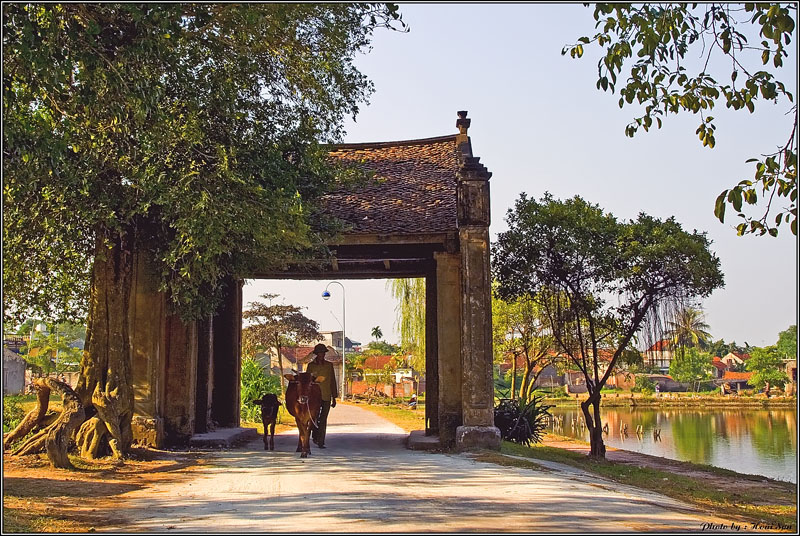
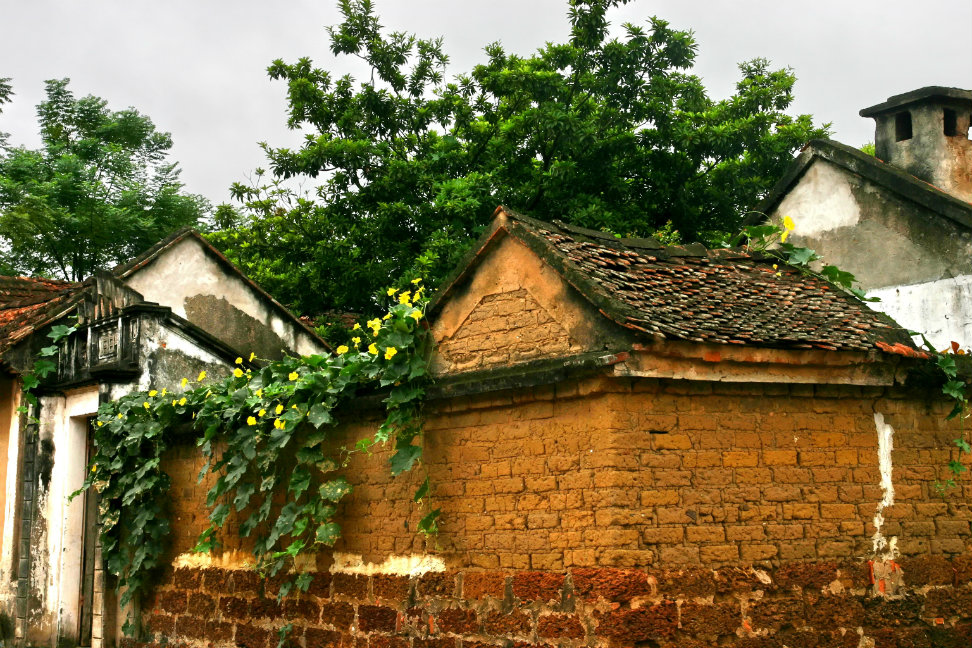
Comments